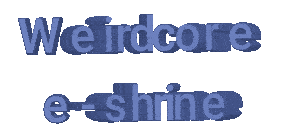Weirdcore is rooted in the usage of digital signs of aging and limitation, such as image compression, photographical errors, corruption, and old, primitive and low quality graphics. In a way, weirdcore wouldn't exist without early personal computers and internet.
At the same time, unreality are the themes of it. We could say that digital mediums are, well, the medium of weirdcore, while dreams, hallucinations and fake worlds are the subjects of it.






For this reason it's possible that weirdcore is an offshoot of both webcore and dreamcore, although it puts a twist on both of these genres. Or maybe it emerged independent of either. It's a chicken or egg situation, since documentation of internet aesthetics' origins is sparse.
This page is mainly to compare and contrast similar aesthetics that are often confused for weirdcore or the other way around. That isn't to say that these genres don't overlap or that editors don't blend them on purpose.

 Webcore
WebcoreWebcore is a celebration of pre-social (2000's and 2010's) media internet and software. It utilizes similar tools as weirdcore: old UI, icons and video game sceenshots among others. In a way, it's a subgenre of oldcore (which can be anything retro or vintage).
It can be strange and unnerving, but mostly, it isn't. When it is, the technology itself in the aggressor, not any higher power or incomprehensible threat.
Webcore also features less edits, relying more on making original art or paying homage to the early 2000's digital era by using low-poly graphics and limited colors or using the stample mediums of the era (90's-2000's anime art style, deviantART stamps etc.). Or simply making moodboards of the hardware and software of the era.
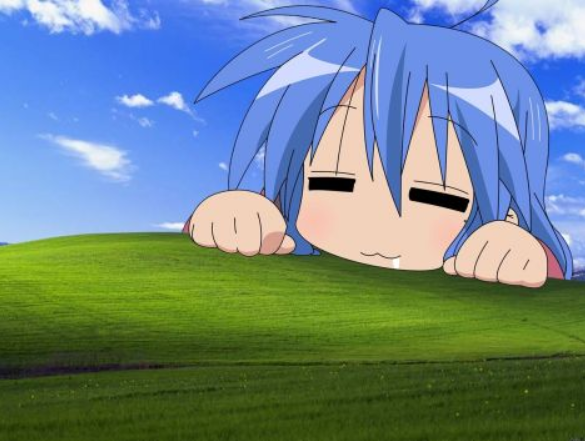

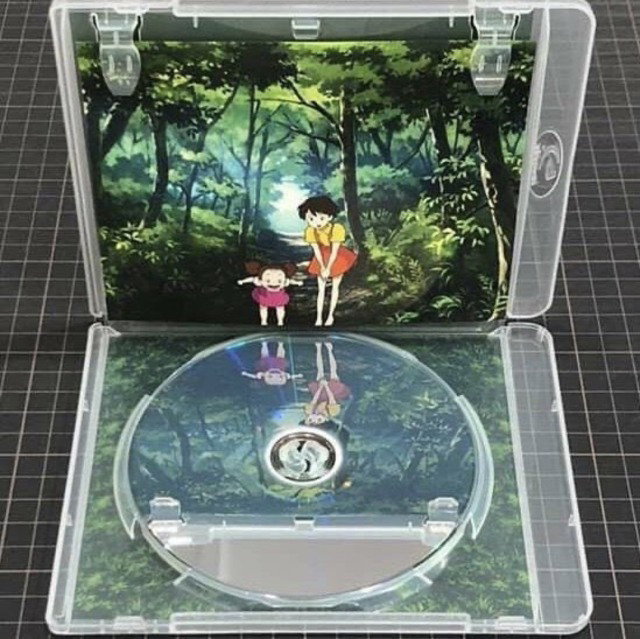
Examples of webcore imagery.
 Dreamcore
DreamcoreDreamcore, as its name implies, was meant to evoke feeling like the viewer is in a dream or a nightmare.
There's a lot of overlap between it and dreamcore, as its subject matter can also be odd or downright frightening, but the key difference is that while weirdcore insinuates a permanent dread, confusion or loss of control, dreamcore by nature or being about dreams implies an end to its events. Both always have a sense of unease about them, but for dreamcore, it's understood that events and locations dreams are just odd sometimes, not necessarily scary or dangerous. Dreamcore feels daydreamlike, while weirdcore feels dissociative.
The dreamcore editing style also has a lot in common with weirdcore in terms of graphical fidelity and locations that feel unreal. Text is rarely present, the feeling dreamcore images invoke are solely atmosphere-based. Eyes appearing where they shouldn't be is a common element, but not a requirement.
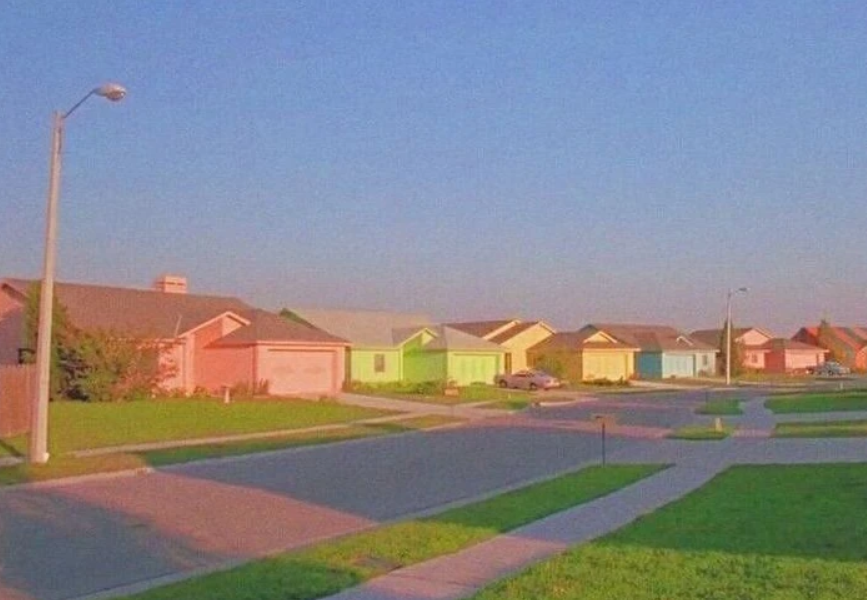
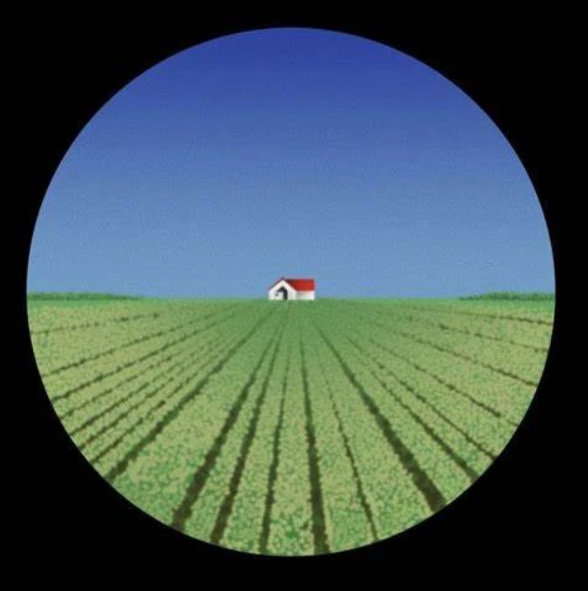
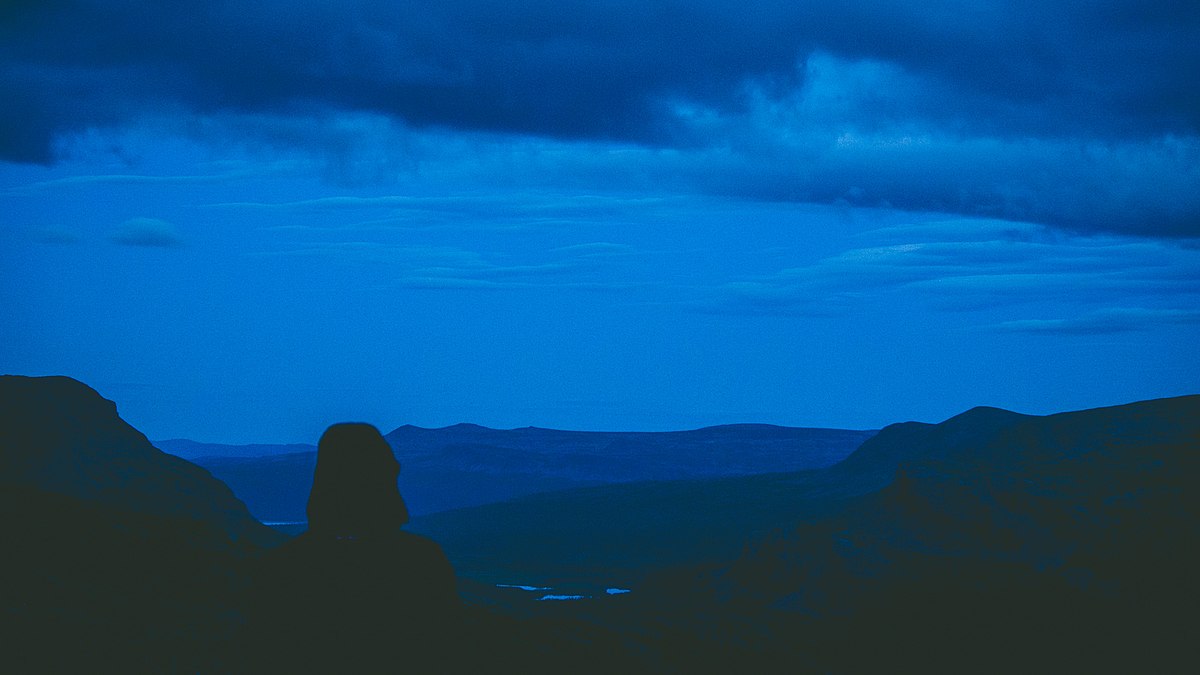
Examples of dreamcore imagery.
 Traumacore
TraumacoreTraumacore is diverse a genre born from childhood trauma and is used mostly as self-expression and/or a coping mechanism.
It shares common elements with weirdcore such as low image fidelity, ominous text that may or may not be readable or appropriate and is always out of context, and non-realistic images superimposed on photos of real locations. The contrast between innocence and danger also applies to both, although in weirdcore it's not limited to trauma and is usually left vague. While weirdcore editors can also create to self-express or cope, the theme of trauma itself is not a required theme of the genre. Keep in mind though that most traumacore editors don't want to be associated with weirdcore editors and vice versa.
Their editing style is also similar, although traumacore base images are mostly concentrated around family homes or delapitated/ominous places. They're usually edited by adding characters from children's shows (most commonly, Sanrio characters), self-insert characters or someone the editor relates to, and text pertaining to something distressing that happened or is currently happening. Other times, it's only the editor's art, most commonly with a black background and text. The color scheme can feature pinks and whites, or on the contrary, grey red and black colors.
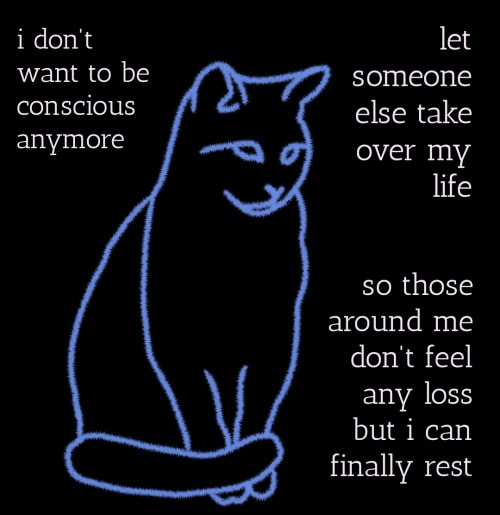
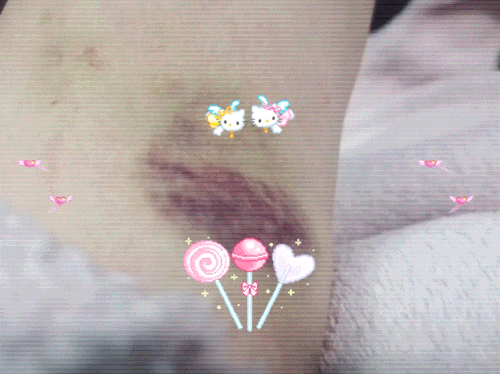

Examples of traumacore imagery, edits by rabbittongues, psychwardkitten, and again, rabbittongues.
 xSpiritualism
xSpiritualismxSpiritualism is more like an umbrella term for artists that create in similar but unrelated art styles, than a genre or aesthetic. These artists being Yabujin, Curseweb, and James Howard among others. As such, it's rather diverse and have only a few elements in common, and instead of putting elements into a box, it encourages thinking outside it.
It's a type of digital collage that incorporates pop-culture and digital elements and real life photos and turns it into confusing, often distressing and overstimulating imagery, all in low quality. In contrast with weirdcore, it's highly maximalist and its subject matter is often spiritual in nature.
Notably, Yabujin, the artists who popularized it also makes music, and it is considered xspiritualism as well.


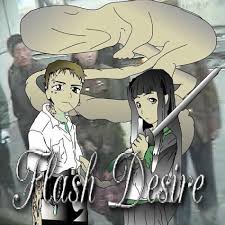
Examples of xspiritualism imagery by weepingangellll, James Howard and Yabujin respectively.
layout made by itinerae.
